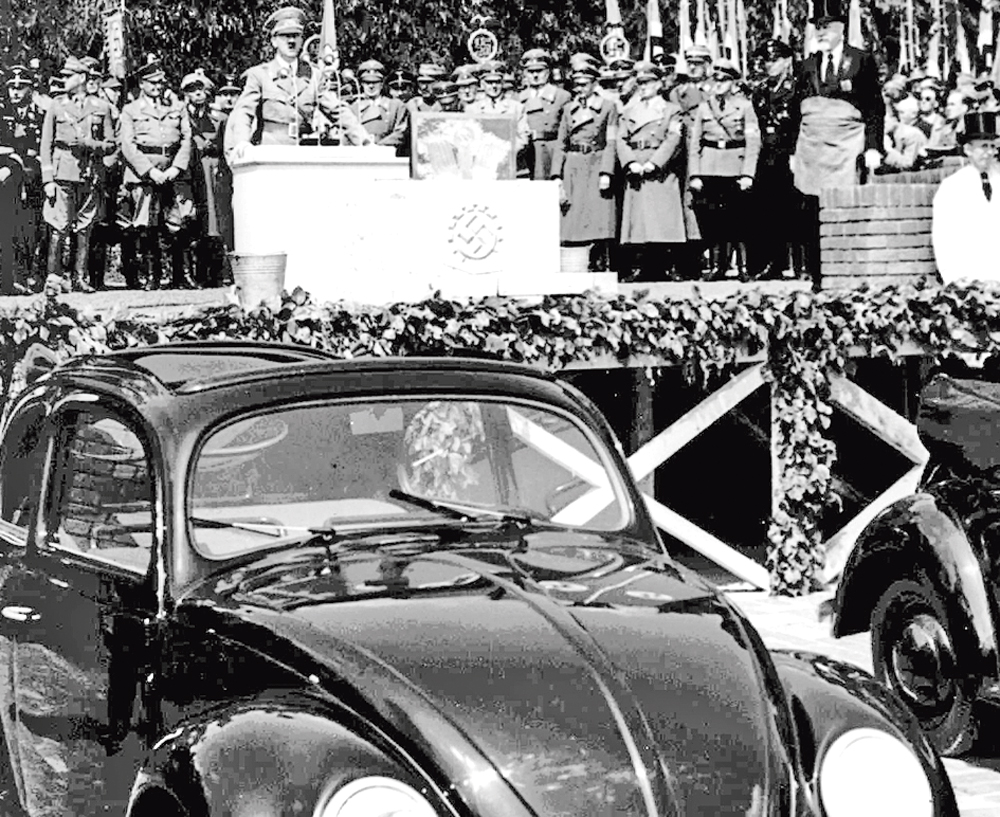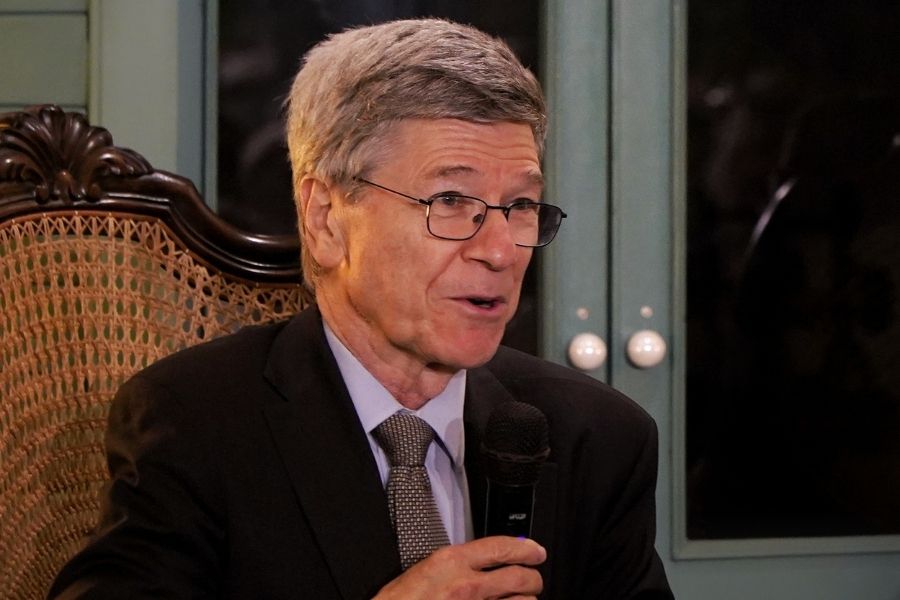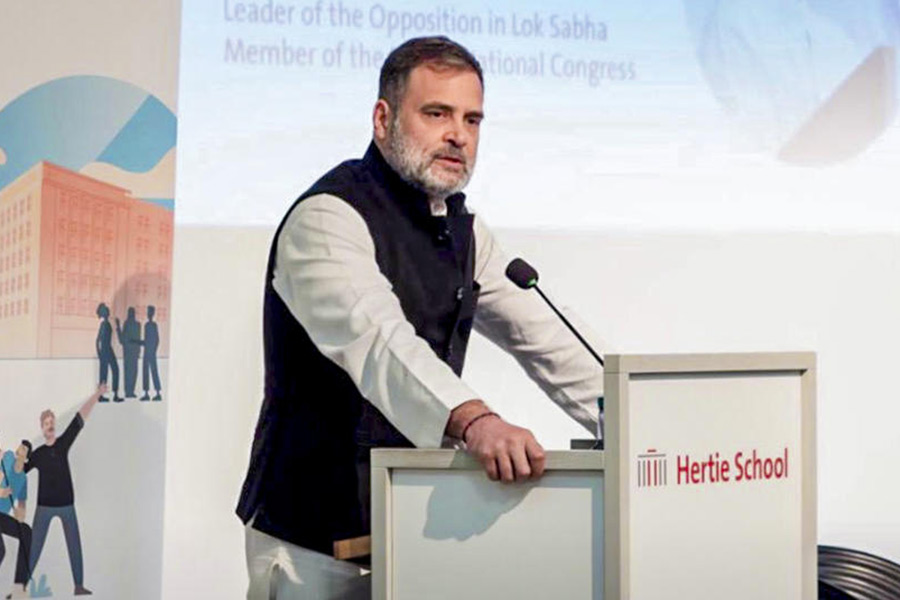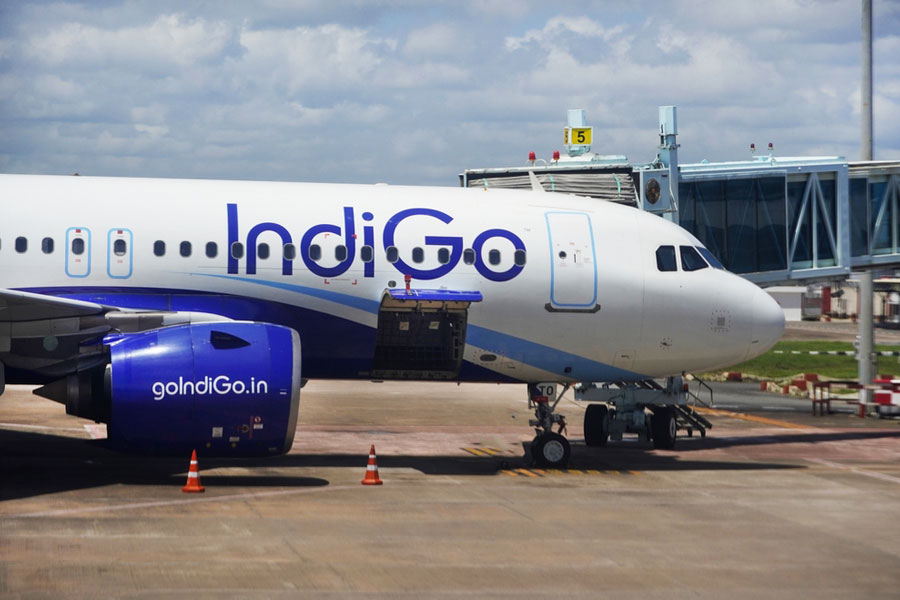Volkswagen is halting production of the last version of its Beetle model this week at its plant in Puebla, Mexico. It’s the end of the road for a vehicle that has symbolised many things over a history spanning eight decades since 1938.
It has been: a part of Germany’s darkest hours as a never-realised Nazi prestige project. A symbol of Germany’s post-war economic renaissance and rising middle-class prosperity.
An example of globalisation, sold and recognised all over the world. An emblem of the 1960s counterculture in the US. Above all, the car remains a landmark in design, as recognisable as the Coca-Cola bottle.
The car’s original design — a rounded silhouette with seating for four or five, nearly vertical windshield and the air-cooled engine in the rear — can be traced back to Austrian engineer Ferdinand Porsche, who was hired to fulfil Adolf Hitler’s project for a “people’s car” that would spread auto ownership the way the Ford Model T had in the US.
Mass production of what was called the KdF-Wagen, based on the acronym of the Nazi labour organisation under whose auspices it was to be sold, was cancelled because of World War II. Instead, the massive new plant in what was then countryside east of Hanover turned out military vehicles, using forced labourers from all over Europe under miserable conditions.
Re-launched as a civilian carmaker under supervision of the British occupation authorities, the Volkswagen factory was transferred in 1949 to the Germany government and the state of Lower Saxony, which still owns part of the company..
The US became Volkswagen’s most important foreign market, peaking at 563,522 cars in 1968, or 40 per cent of production. Unconventional, sometimes humourous advertising from agency Doyle Dane Bernbach urged car buyers to “Think small”. “Unlike in West Germany, where its low price, quality and durability stood for a new post-war normality, in the US the Beetle’s characteristics lent it a profoundly unconventional air in a car culture dominated by size and showmanship,” wrote Bernhard Rieger in his 2013 history, The People’s Car.”
Production at Wolfsburg ended in 1978 as newer front drive models like the Golf took over. But the Beetle wasn’t dead yet.
Production went on in Mexico from 1967 until 2003 — longer than the car had been made in Germany.
Nicknamed the “vochito”, the car made itself at home as a rugged, Mexican-made “carro del pueblo”.
The New Beetle — a completely retro version build on a modified Golf platform — resurrected some of the old Beetle’s cute, unconventional aura in 1998 under CEO Ferdinand Piech, Ferdinand Porsche’s grandson. In 2012, the Beetle’s design was made a bit sleeker.
The end of the Beetle comes at a turning point for Volkswagen as it rebounds from a scandal over cars rigged to cheat on diesel emissions tests.










